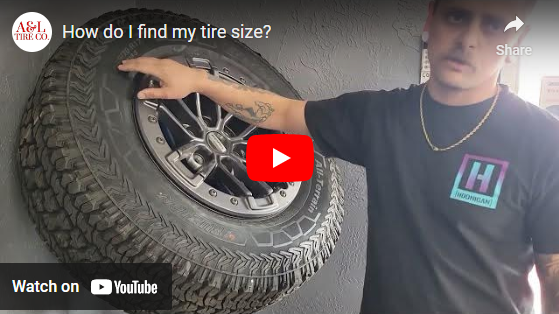Posted on 7/30/2024

There are several potential reasons why your battery might be dying quickly: Battery Health: Over time, batteries degrade and lose their ability to hold a charge. If your battery is old, it might need to be replaced. Background Apps: Some apps might be running in the background and consuming a lot of power. Check your battery usage settings to see if any apps are using an excessive amount of power. Screen Brightness: High screen brightness or prolonged use of the screen can drain the battery quickly. Reducing the brightness or enabling adaptive brightness might help. Connectivity Issues: Constantly searching for Wi-Fi, Bluetooth, or cellular signals can drain the battery. Turning off unused connections can improve battery life. Software Issues: Sometimes, software bugs or glitches can affect battery performance. Make sure your device’s software is up to date. Battery Calibration ... read more
Posted on 7/19/2024

There could be several reasons why your car won't start. Here are a few common issues: Battery: Check if the battery is dead or weak. If you hear a clicking sound when you turn the key, it might indicate a low battery. Fuel: Ensure there's enough fuel in the tank. Sometimes, the fuel gauge might not be accurate. Ignition System: Problems with the ignition switch, starter motor, or spark plugs can prevent the car from starting. Fuel System: Issues with the fuel pump or fuel injectors can also cause starting problems. Electrical Issues: Faulty wiring, blown fuses, or problems with sensors could be preventing the car from starting. Mechanical Issues: Issues with the engine, such as a seized motor or a broken timing belt, could also be the cause. To diagnose the exact problem, you may need to check these components or have a mechanic inspect your car
Posted on 7/18/2024

How do I know if I need new shocks? Determining if you need new shocks (or struts, which are similar components) involves checking for several signs of wear and performance degradation: Ride Quality: If you notice a significant change in how your vehicle rides—such as increased bouncing, excessive vibration, or a rougher ride over bumps—it could indicate worn shocks. Handling Issues: Worn shocks can lead to poor handling characteristics. You may experience excessive body roll during turns, nose-diving when braking, or instability at higher speeds. Uneven Tire Wear: Shocks help maintain proper tire contact with the road. If you notice uneven tire wear patterns, especially cupping (where the tread wears unevenly in patches), it could be due to worn shocks. Leaking Fluid: Visible fluid leaking from the shock absorbers or struts is a clear sign of internal damage and indicates they n ... read more
Posted on 7/11/2024

To find your tire size, you can typically locate it on the sidewall of your tire. Look for a series of numbers and letters that indicate the tire size and specifications. Here’s how to read it: Example Format: P215/65R15 95H P: This letter indicates the tire type. "P" stands for passenger vehicle tires. Other letters you might see include "LT" for light truck tires or no letter for Euro-metric tires. 215: This number is the tire width in millimeters, measured from sidewall to sidewall. 65: This number is the aspect ratio, which is the ratio of the tire's height to its width. It represents the sidewall height as a percentage of the tire's width. R: This letter indicates the construction type of the tire. "R" stands for radial construction, which is the most common type for modern tires. 15: This number is the diameter of the wheel rim in inches. ... read more